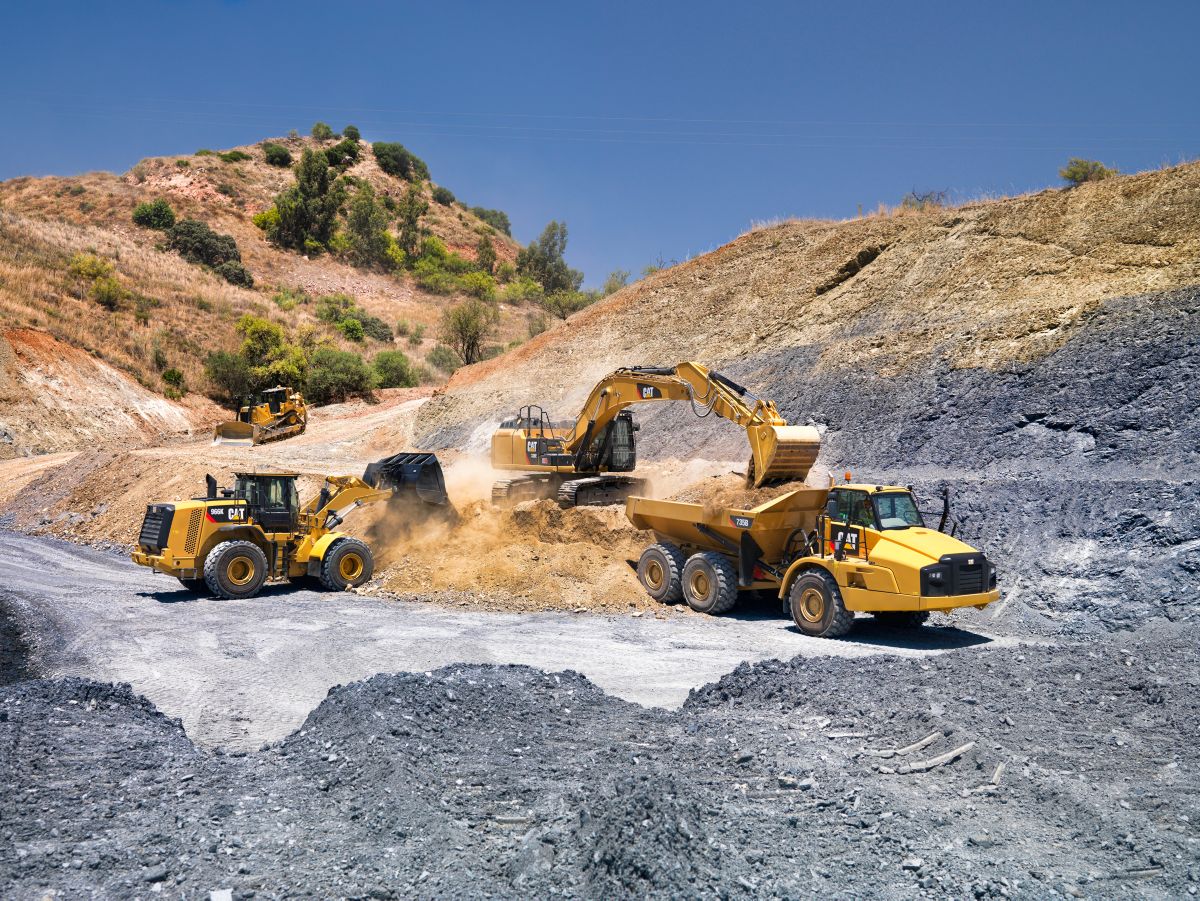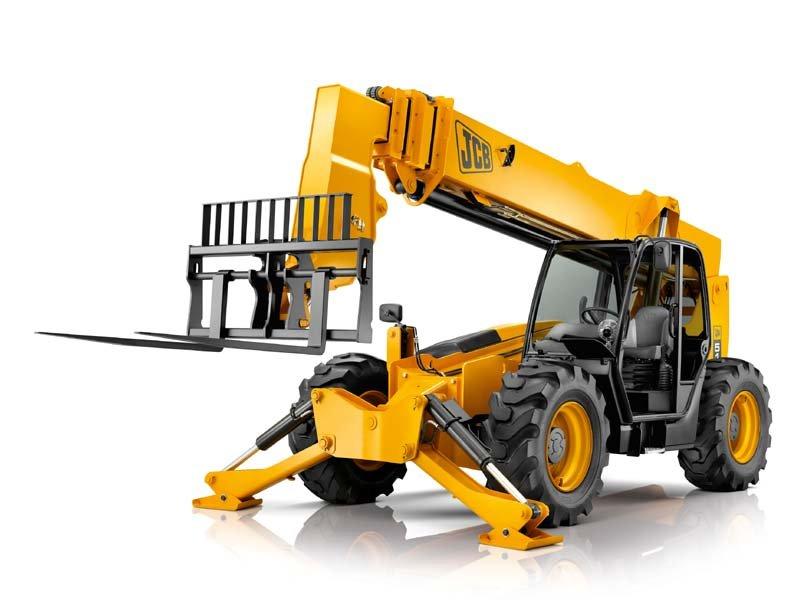Maximize Your Budget by Comprehending the Costs Associated With Building And Construction Devices Rentals
Understanding the full scope of expenses connected with building and construction devices leasings is important for maximizing your spending plan. While the initial rental cost may appear uncomplicated, many additional costs-- such as transportation, fuel surcharges, and maintenance-- can rapidly build up, influencing your financial preparation. Moreover, knowing numerous fees and the intricacies of rental arrangements can help stay clear of unexpected monetary burdens. What techniques can be utilized to successfully manage these costs and make sure a much more efficient rental experience?
Introduction of Rental Expenses
When considering building and construction equipment services, recognizing the linked costs is extremely important for efficient budgeting and project planning. Rental expenses can vary dramatically based on a number of elements, including devices type, period of service, and place. The first rental fee often mirrors the tools's market demand and its connected functional capabilities, influencing the general expenditure.
In addition to the base rental rate, secondary prices may arise, such as transport costs, gas additional charges, and upkeep costs. It is necessary to represent these additional expenses to precisely assess the overall expense of renting out equipment. Additionally, the rental duration can influence pricing; longer rentals may get approved for reduced prices, while temporary rentals might incur higher day-to-day fees.

Failure of Rental Prices
A detailed understanding of rental rates is important for professionals and job managers intending to maximize their budget plans. Rental rates for construction equipment typically contain a number of elements, including base prices, time-based costs, and use fees.
Base rates are the core costs connected with the rental of the equipment, often established by the kind and size of the equipment. These rates can differ substantially, affected by factors such as devices demand, accessibility, and local market patterns. Time-based costs, which might be daily, weekly, or monthly, serve to accommodate various job timelines and rental periods.
Furthermore, rental prices may consist of usage charges, which are relevant when devices is utilized beyond a defined threshold, ensuring that the rental firm can account for damage. Seasonal demand variations can also impact rental rates, with peak construction periods usually regulating higher costs.
Moreover, understanding the rental firm's policies relating to upkeep and insurance can supply more insight right into the total cost structure. By assessing these elements, service providers can make educated choices, making certain the choice of rental equipment lines up with both task needs and budget constraints.
Additional Charges to Consider
Comprehending the complexities of extra fees is crucial for specialists to manage their total leasing expenses efficiently. Past the conventional rental prices, different auxiliary costs can dramatically impact the complete price of devices leasing. These charges typically consist of delivery and pickup costs, which can differ based on distance and logistics associated with carrying the devices to and from the task site.
Moreover, some rental firms may enforce fuel surcharges if the tools is returned with much less fuel than when rented. It is also necessary to be aware of possible cleansing fees, specifically for customized devices that needs comprehensive upkeep after usage.

Thoroughly reviewing the rental arrangement and clearing up these extra fees upfront can assist specialists ensure and prevent unexpected expenses that spending plans stay undamaged throughout the project lifecycle.
Upkeep and Repair Work Expenses
Routine upkeep and fixing costs are often overlooked variables that can significantly influence the total cost of construction equipment rentals. When renting devices, it is important to take into consideration not just the rental fees yet additionally the possible expenses related to maintaining the equipment in optimal operating problem.
Many rental firms include fundamental upkeep as component of the rental agreement; however, a lot more unforeseen breakdowns or considerable repair work can bring about additional expenses. It's vital look at these guys to evaluate the rental contract meticulously to comprehend what maintenance services are covered and what obligations fall on the renter.
Furthermore, tools that is not well-kept can lead to inefficiencies on the task website, possibly increasing and creating delays task costs. To minimize these risks, it is suggested to conduct regular assessments and preserve open communication with the rental supplier relating to any issues that arise during use.
Insurance Coverage and Liability Expenses
Insurance and obligation costs are critical components that can significantly influence the total cost of construction tools leasings (heavy equipment rental). These costs ensure that both the rental business and the client are safeguarded from potential monetary losses arising from accidents, damages, or burglary during the rental period

In addition, clients need to recognize any deductibles or exclusions in the insurance coverage policy, as these can impact potential out-of-pocket costs. Understanding the terms and problems of any type of insurance policy coverage is vital to avoid unanticipated expenses. Eventually, budgeting for insurance policy and liability costs can aid guarantee a smoother rental experience and secure versus monetary dangers connected with construction tasks.
Final Thought
Finally, a detailed understanding of the costs associated with building tools services is vital for effective spending plan management. By examining rental prices, added fees, maintenance costs, and insurance requirements, companies and people can decrease unexpected expenditures. This tactical strategy not only boosts cost-effectiveness yet also makes certain that tasks proceed efficiently and effectively. Eventually, educated decision-making regarding equipment rentals adds to the general success of construction endeavors. find here
Rental prices can differ considerably based on several aspects, including tools kind, duration of leasing, and area (aerial lift rental). The rental period can affect prices; longer rentals might qualify for affordable prices, while short-term leasings might incur higher day-to-day costs
By carrying out comprehensive research and involving with credible rental business, professionals can effectively browse the complexities of rental rates, ultimately maximizing their financial resources.
Past the typical rental rates, various additional charges can dramatically affect the total price of devices service. Rental business typically provide responsibility insurance coverage that covers injuries to third events or damages to residential property, while tools damage insurance can cover the expense of repair work or replacement if the rented tools is harmed.